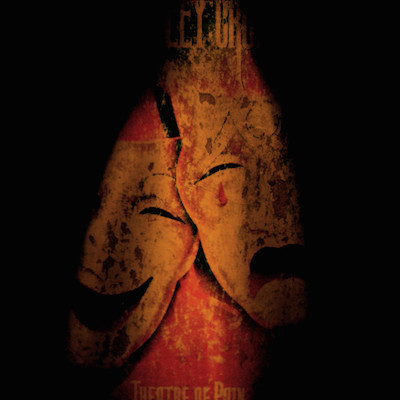I have frequently choreographed community theater musicals in my career as a dance teacher. Some choreographers seem scary in dance auditions but I’ve never been accused of having an intimidating presence.

Still, when amateur theater hopefuls walk into my portion of their audition I can see fear and apprehension in their eyes.
The dreaded dance audition – tenth circle of hell.
Why is everyone so afraid?
Well, there are a few who aren’t. The “real dancers” walk in with an easy confidence (it’s the talking and singing parts that usually give dancers the heebie-jeebies). But among non-professional actors, movers are in the minority.
Dance just isn’t their native language.
They grew up singing. They’ve done their share of skits, sketches, and high school musical theater productions. But ballet? Quit at 7 years old. Last “attempt” at dancing? Last year’s musical. And when that was over, ‘whew!,’ never looked back.
The dance part of an audition is often the bane of even professional actors.
I know to expect the smorgasbord of skills, experiences, and movement comfort-levels of amateur performers. Knowing this, I play the student. I set out to learn everything I can about the movement strengths and potential of the individuals who come to audition. Discovering which candidates can most accurately and most quickly execute, interpret, recall, and perform a series of steps or phrases are only small portions of what I hope to gather.
My audition usually includes:
A quick chat.
I simply ask the performers to tell me about their movement (not necessarily dance) history. Formal training? Karate? Yoga? Gymnastics? Do you like to dance socially? Do you tap your foot when a good song comes on? Dance neophytes appreciate recognition that their non-dance movement experience counts for something.
A ‘speechless’ theater game.
An acting exercise that requires the players to convey meaning or emotion in movement or pantomime alone is very helpful. This can be quick: place a handful of emotions, actions, scenes, or scenarios on cards and have each person draw one to act out simultaneously. Make note of those who presented their action with clarity.
A bit of improvisation.
This could be outright jamming to music – free dancing.
Improvisation can take a bit of introduction to get participants to feel uninhibited so, after taking the improvisational ‘temperature’ of the group, I’ll usually introduce more or less specific limits and guidelines. I may ask movement novices to simply walk, or gallop, or ‘creep’, or ‘twist’, or ‘glide’ or ‘attack’ for 8 and freeze for 8 while music is playing. (This is also great for determining if the actor can hear and count the beat while moving).
A short, manageable phrase of actual dance steps and choreography.
Performing set choreography is typical in most dance auditions. I usually try to select something that is dynamic but that won’t take long to learn, practice, and perform. This tells me how quickly and accurately the actors pick up choreography. It’s the easiest for “real dancers” and hard for those with little to no formal dance training. That’s why a more multifaceted approach to auditioning community players is most effective for me.
If choreography is the only thing you’ll have time for in your audition, worry less about choreographing a series of “dance moves” and more about creating something that asks the actors to accent parts of the music, show some kind of emotion, and execute changes in movement quality. Honestly, within 32 counts, you can usually tell which of the auditioning actors will be the stronger movers and ready to rock the choreography you have planned.
What do you include in your dance audition for actors?
Nichelle Suzanne is a writer specializing in dance and online content. She is also a dance instructor with over 20 years experience teaching in dance studios, community programs, and colleges. She began Dance Advantage in 2008, equipped with a passion for movement education and an intuitive sense that a blog could bring dancers together. As a Houston-based dance writer, Nichelle covers dance performance for Dance Source Houston, Arts+Culture Texas, and other publications. She is a leader in social media within the dance community and has presented on blogging for dance organizations, including Dance/USA. Nichelle provides web consulting and writing services for dancers, dance schools and studios, and those beyond the dance world. Read Nichelle’s posts.

